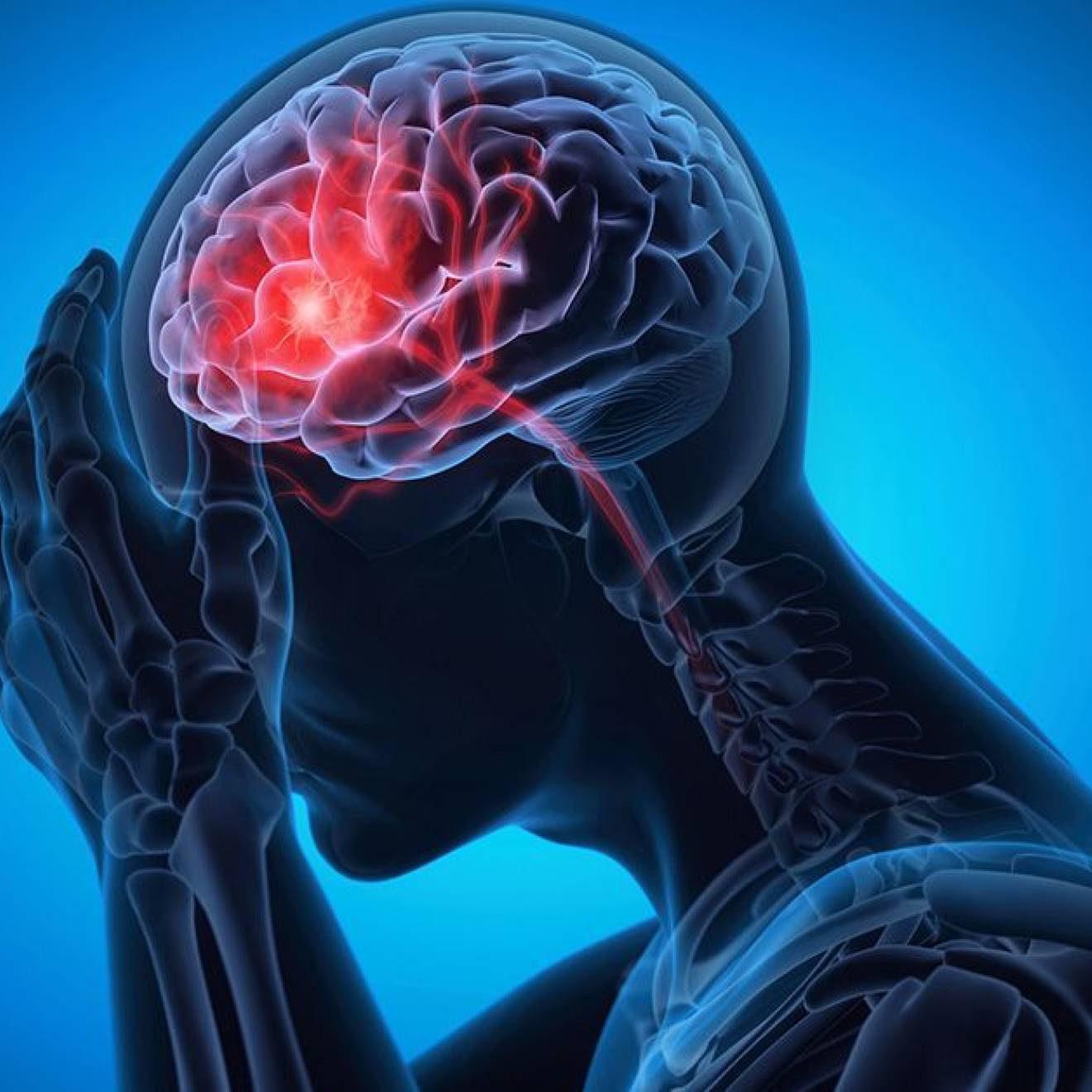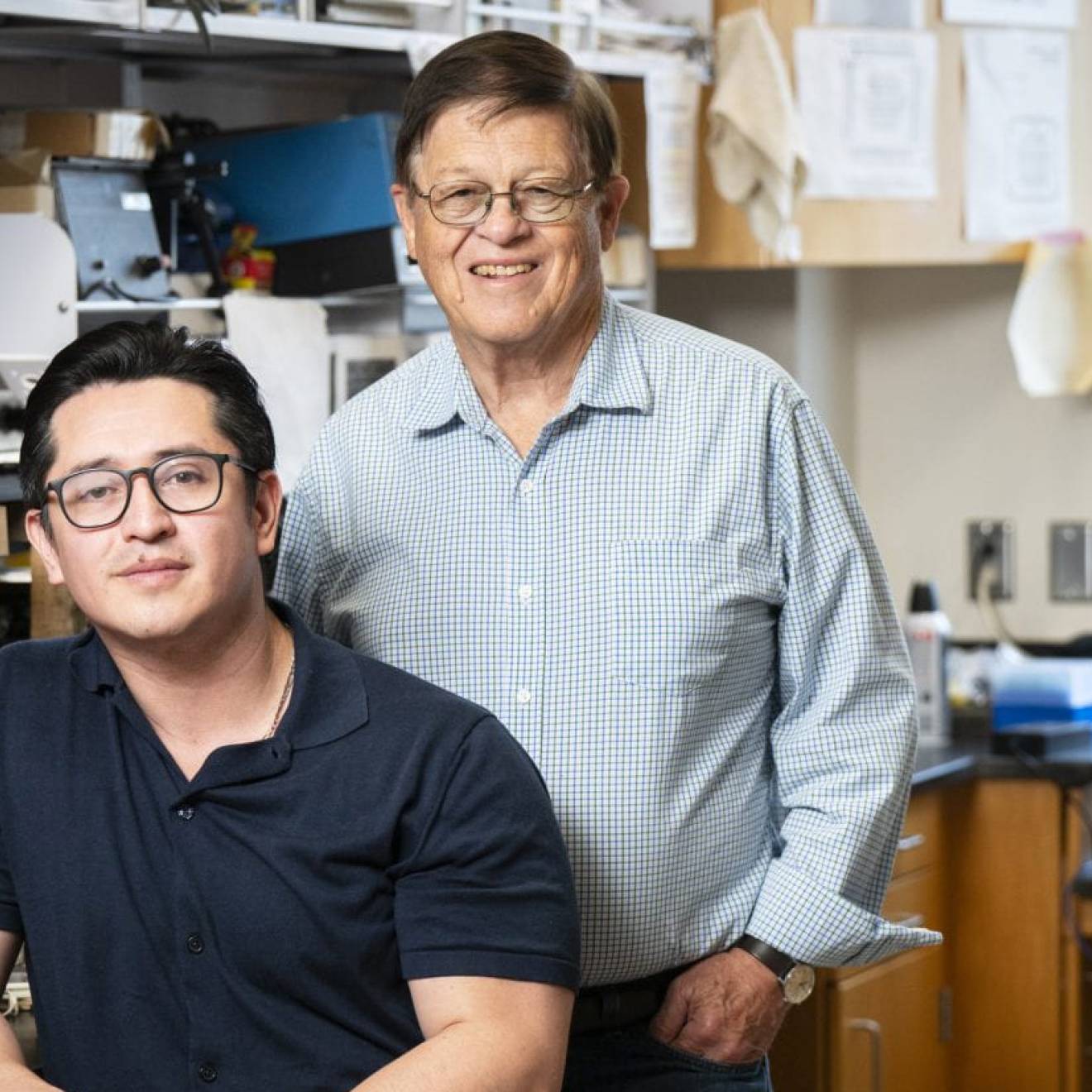Christina Johnson, UC Health and UC San Diego
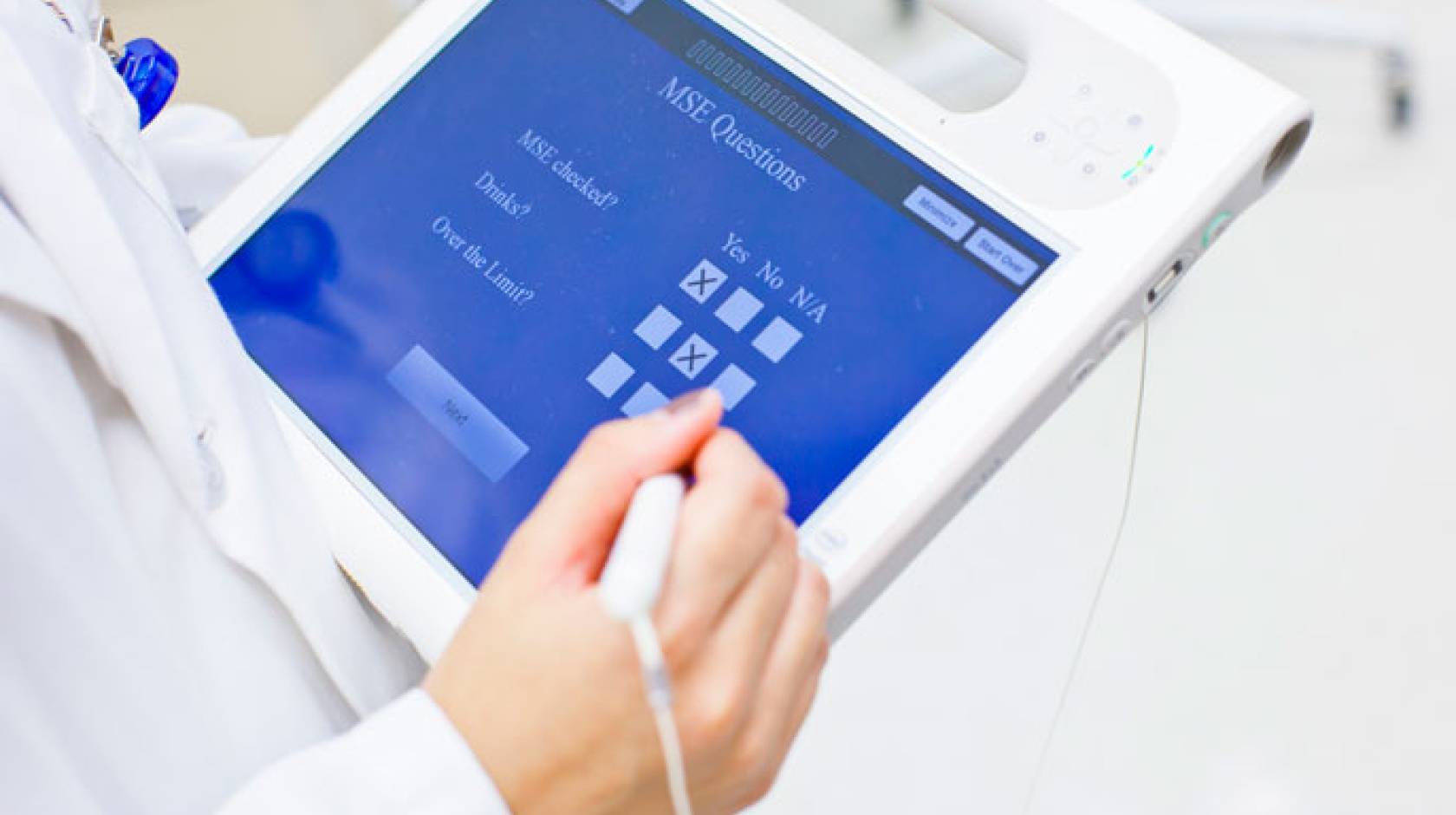
An ambitious University of California initiative to create a central repository for clinical data from all six UC health systems is advancing medicine and transforming the process of medical discovery itself.
Speaking at UC Health Data Day in San Diego, Atul Butte, M.D., Ph.D., chief data scientist, UC Health, described a new era in biomedical research, driven by the vast amounts of electronic medical record data.
"Some are now saying the traditional scientific method of asking questions then making observations is becoming obsolete," Butte said. "We already have a data deluge."
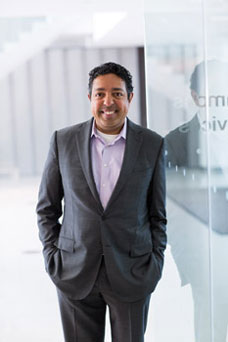
Credit: Elisabeth Fall, UCSF
Across the UC medical centers, there are billions of data points related to patient care, stored within the UC Health Data Warehouse. The bottleneck to discovery is not information. It's about "asking the killer questions," said Butte, who is also the Priscilla Chan and Mark Zuckerberg Distinguished Professor at UC San Francisco.
Held at the UC San Diego School of Medicine campus, UC Health Data Day was dedicated to educating UC faculty, staff and students about the clinical data now available for research, how to securely access, analyze and visualize this data, and regulatory and institutional policies in place to protect patient privacy and data security.
"The goal is to more deeply engage our smart community in clinical research and quality improvement by showing them the data and data-extraction tools," said Christopher Longhurst, M.D., chief information officer and associate chief medical officer, UC San Diego Health.
Advances in patient care have already begun
These tools include UC-Rex, a search engine for anonymized UC Health patient data developed for research purposes, and Epic’s SlicerDicer, which finds de-identified patient populations of interest ("cohorts") from electronic medical record data, among others.
"Historically, I designed a study, conducted the study and looked at the data generated by that study," said Paul Mills, Ph.D., a professor in family medicine and public health at UC San Diego. "Now I can start by looking at what has happened clinically to patients in our existing database. What I have learned today is that I can access a lot of the health data myself and get myself to a point where the next step is IRB approval to go deeper into the data."
Large datasets lend themselves to what are called computational analyses, but even smaller datasets can reveal patterns that might otherwise go unnoticed. Some of the advances in patient care made with UC clinical data recently include:
- The ability to predict who may not respond well to metformin, the usual first line treatment for type 2 diabetes
- Better screenings of candidates for revision surgery following a joint replacement
- Assessments of heart failure risk among HIV positive individuals with chronic liver disease
"The data is the gold," said Amy Sitapati, M.D., chief medical information officer of population health, UC San Diego Health. "I can use data for the patient in front of me."
"It's a tragedy if we don't use this data," Butte said.
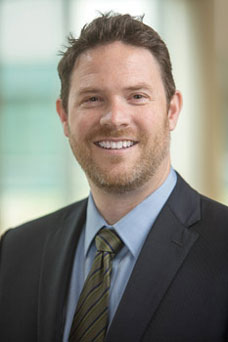
Credit: UC San Diego Health
Beyond the sheer volume of data available, there is also a greater assortment of data now being collected.
Mike Pfeffer, M.D., assistant vice chancellor and chief information officer, UCLA Health Sciences, said efforts are underway to include patient satisfaction survey data, hospital operations data, claims data and eventually genomics data within the UC Health Data Warehouse.
"We are working together to leverage our scale to improve patient care and lower costs," Pfeffer said. For example, "we can see patients on brand name drugs who could be switched to equivalent, low-cost generic drugs. That is millions of dollars in saving a year across the UC system."
The UC-wide standardization of clinical data is presenting opportunities to study the practice of medicine in greater detail. "We have learned to appreciate how many different time stamps may be associated with admitting and discharging a patient," Pfeffer said. "We are working to standardize how we define 'length of stay' to enable more meaningful comparisons among our hospitals."
"Our job as chief information officers is to provide the data and analytics tools in a secure environment so that our clinicians and researchers can do all these amazing things," Pfeffer said. "The sky is the limit on our data assets."
Beyond patient care, electronic medical record keeping offers a window into how physicians spend their day and potential risk factors for physician burnout. "We can use this information to guide organizational initiatives to improve our physicians' well-being," said Ming Tai-Seale, Ph.D., MPH, professor of family medicine and public health at UC San Diego School of Medicine and director of outcomes analysis and scholarship at UC San Diego Health Information Services.
The pooling and sharing of non-clinical, operational data can also help meet the UC system's sustainability goals. Mike Dayton, senior director of facilities planning and management, UC San Diego Health, said that he would like to learn what practices and building designs at other UC's have helped the most with energy efficiency and carbon neutrality more broadly. "I am here to be inspired and to learn," he said.
A take away from UC Health Data Day?
"Our patients should know that when they receive care at a UC medical center, they are actually benefiting from the entire UC health system," said the event’s organizer Michael Hogarth, M.D., clinical research information officer, UC San Diego Health. "That is powerful medicine."
